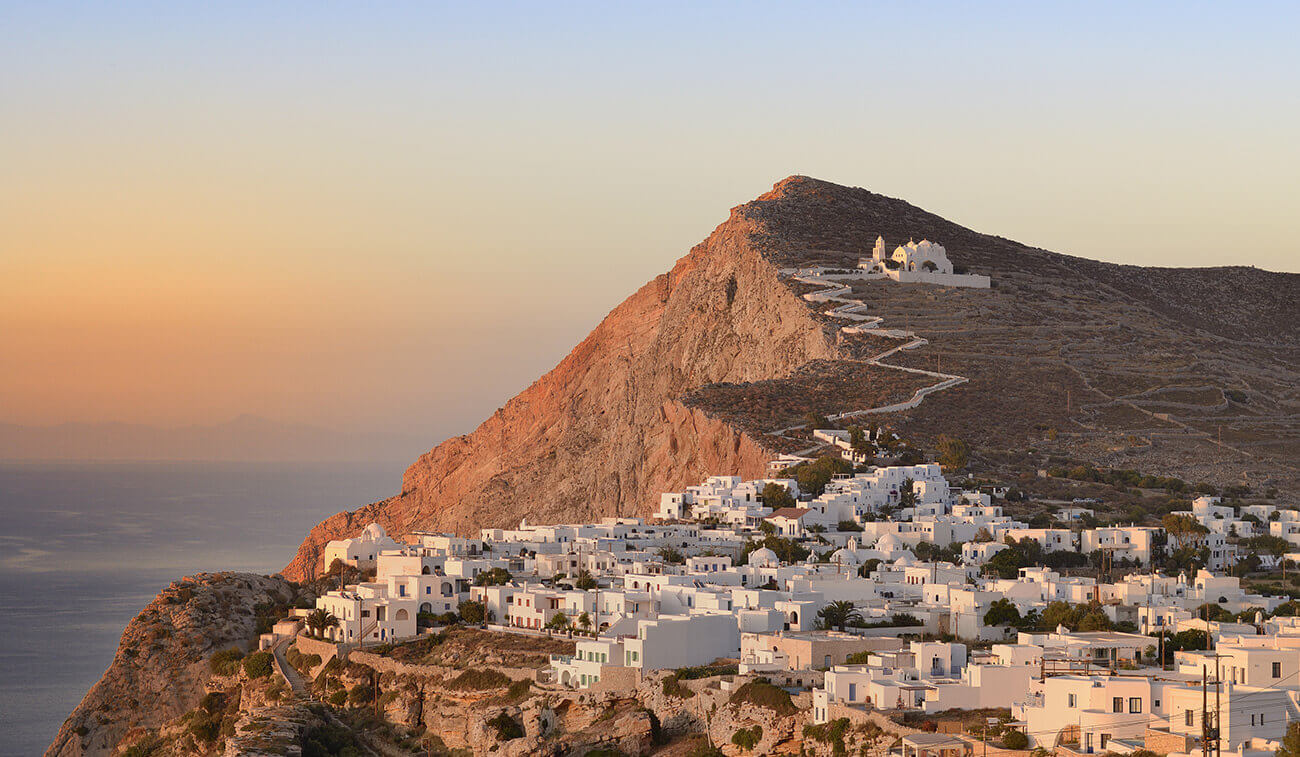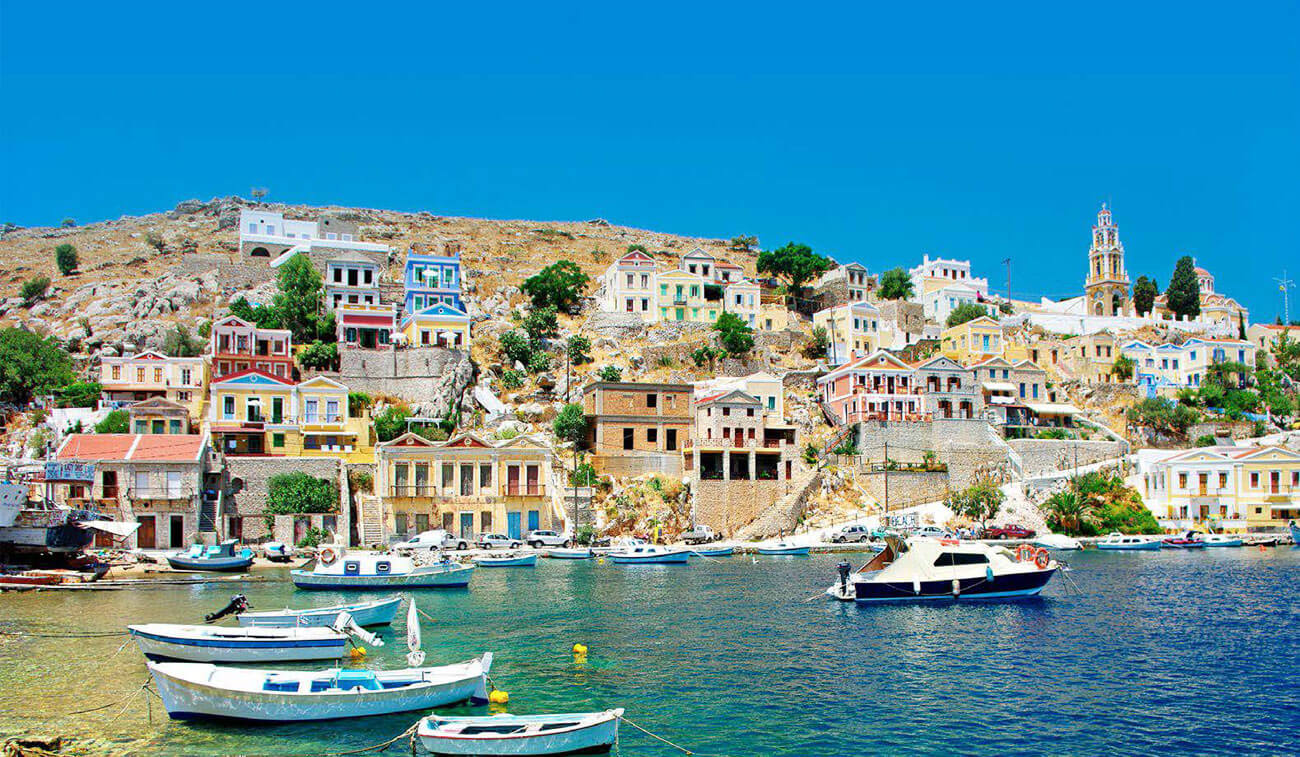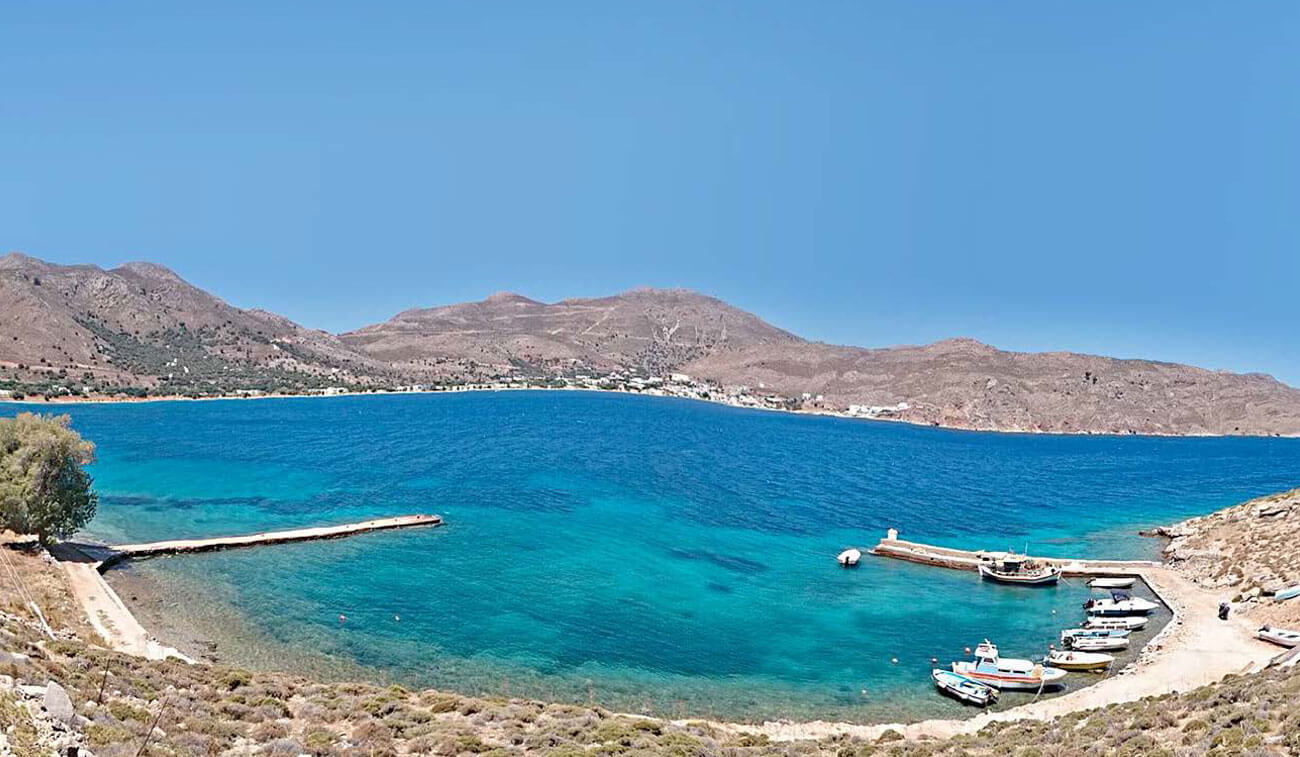HYDRA ISLAND
Hydra is one of the most cosmopolitan locations in the Mediterranean. The fact that Hydra has a unique beauty in its architecture and its landscape, taken together with its proximity to Athens and its important historical interest, have gradually raised the island to the level of an international tourist centre. Undoubtedly, Hydra is one of the most beautiful islands in Greece with a unique atmosphere Pluralistic, vibrant and lively, with trendyrestaurants,bars and clubs. Must see places: The Monastery of Profitis Ilias (found in the early 19th century) at an altitude of 500 meters has an excellent view, Kamini the little fishing village, Episkopi Hydra's pine forest, popular Molos for swimming, Bisti, Ag. Nikolaos and Limioniza for swimming, and Dokos, an islet where Jacques Cousteau discovered a 3000 years old ship wreck.
SERIFOS ISLAND
Serifos, with its rugged mining sites, ladened with history, has its own distinct Cycladic flair. The island exudes a calm atmosphere and speaks directly to your senses. Despite its arid and wild land characteristics, Serifos is gracefully embraced by the deep blue colors of the Aegean Sea and has some magnificent beaches. The locals have respected the Cycladic architectural tradition by building white and blue houses making the islands towns and villages all the more wonderful.
Chora town is built amphitheatrically on a rocky hill commanding the island from the top. It is one of the most elegant Cycladic towns that will inspire you, even before the ship docks, on your arrival to Serifos. You’ll get to visit two neighborhoods; Pano (meaning upper) Chora and Kato (meaning lower) Chora connected by a stairway. You’ll find some bars, cafés and tavernas in the town’s narrow streets blending in with the whole scene harmoniously. It is worth taking a 10 minutes walk up to the Venetian castle, built in the 15th century, to drink in the view of the blue sea! An ideal place for taking a stroll or making a stop by the nearby cafés, fish tavernas and pastry shops located next to the seashore is the Serifos main Port, also know as Livadi. This area has a beautiful sandy beach
but is also very close to Avlomonas and Livadakia beaches.
Serifos’ cuisine bursts with aromas and flavors! On your vacation here don’t miss: delicious meat products such as louzes, syglina (traditional cured pork) and sausages, as well as the islands rich aromatic spices. Taste marathopites and marathotiganites (fennel pies baked or fried), revythada (traditionally cooked chickpeas) with a local variety of raisins,sun-dried octopus, local cheeses such as myzithres and xinomyzithres. Make sure to accompany your meal with the islands local wines. If you have a sweet tooth then try pasteli (sesame bar) which is cut in a diamond shape, with an almond in its middle and usually laid down on a lemon leaf as well as their delicious sweet wines.
FOLEGANDROS ISLAND
Shining under the Aegean sun, Folegandros was named after the son of king Minos. This off-the-beaten-path destination captivates the visitors with the untouched beauty of its beaches, the luminous blue of its waters, and the unadulterated style of its architecture.
At 200m above sea level travelers will discover Kastro, a Venetian castle. Chora, the capital town of the island, it's been built partially in it. Bougainvillea leaning over the balconies, sugar-cube whitewashed houses, and sheer cliff drops convey the island’s ethereal, yet wild, beauty.
Walk along the cobblestone narrow streets of Chora past white houses with multi-colored doors and windows, timeless creations of the traditional Cycladic architecture. If you need to take a rest, plane trees will offer you their cool, welcome shade. Wait until the sun sets into the eternal blue of the Aegean and join the locals in the village’s squares.
This small island in Cyclades is full of pebbly beaches covered with tamarisk trees. The scenic harbor of Karavostássis with its beautiful beach is the perfect starting point for an exploration of the glorious beaches of Hohlidia, Vitzetzo, Latinaki, Pountaki and Livadaki, a village with a sandy beach, turquoise waters and a camping site. Those of you, who don't feel like walking, can take a caique from Karavostássis to Kátergo, the most beautiful beach on the island, with thin pebbles and crystal-clear waters. Sheer cliff drops and azure waters embrace Agali beach to the west of the island.
SANTORINI ISLAND
Santorini is worthily considered one of the most famous and highly desirable destinations on earth. Just think that, apart from the usual pictures, there is an entire island of beauty, incredible beaches, sights and attractions, more than enough to make Santorini a famous destination. The fascinating legend of the island that emerged out of the lathered sea - an island cut into two, the globally unique archaeological riches, the sublime folk architecture and the magic that no picture can capture make Santorini an island of surprises which reveals its true face when summer visitors are gone, out in the open sea.
Santorini or Thera is at the far south of the Cyclades, together with Anafi. It covers an area of 73 square kilometers, in a circular arrangement together with Therasia and Aspronisi. In the center of this circle is the caldera created after the major volcanic eruption in 1650 BC. Inside the caldera, underwater eruptions caused the emergence of the isles of Palea Kameni and Nea Kameni - a unique phenomenon in the entire world. The view as the yacht approaches the island is breathtaking! A steep reddish-black rock of 300 meters, the caldera walls, stands imposing. And as the yacht approaches, human presence can be discerned - small houses and blue church domes - an impressive sight! Don't miss the chance to walk the route Fira - Firostefani - lmerovigli - Oia. The view to the caldera is unique in the world.
The beaches of Santorini, with their characteristic black or reddish sand, are charming in a special way: Exo Gialos, the Red and the White beach, Mesa Pigadia with the unique cave, Vlychada with the yellowish weathered rocks that form small caves and natural sculptures - a magnificent scenery! The settlement of Kamari features a very long beach and Perissa an endless beach of black sand and dark blue waters. Perissa is also the settlement where the largest church of Santorini, Timios Stavros (19th century) is located. In Pon, one can admire the large church of Panagia Kalou (1650) and enjoy swimming at a remote sandy beach.
IOS ISLAND
Íos or Niós, as the locals call it, is one of the most beautiful islands of the Cyclades, like a flower, as its name “Ion” denotes. According to the ancient tradition, Íos was the homeland of Homer’s mother and the final resting place of the great epic poet. Upon reaching the island, the view before you is enchanting: as pretty as a picture, Chora lies very close to the harbor in Ormos and greets the travelers, built in an amphitheater -like manner on the slope of a hill, on the top of which there are ruins of a medieval castle. This is a listed traditional village, one of the finest examples of Cycladic architecture.
Snow-white little houses, picturesque arcade-covered alleys (“stiyádia”), the twelve windmills, churches with arched belfries and light blue domes create a unique residential area. Chora’s sheltered alleys is the “stage” where Koúnia, an ancient local custom is performed every May, as follows: young men make swings for young ladies who rock themselves while listening to traditional love songs being sung to them in the form of a dialogue.
Ios offers many activities, including hiking, watching the amazing sunsets, visiting historic sites, and enjoying the laid-back lifestyle of Greece. For those who love hiking Ios is the ideal destination. Its hilly morphology and the innumerable paths opened by shepherds on its hills enable visitors to see amazing places of wild beauty and enjoy the view to the nearby islands. If you want to experience daily farming works performed in the old fashioned way, local stock farmers wit be willing to show you through the entire production process (grazing, milking, cheese-making).
Explore! Mylopótas, Magganári, Psáthi, Yialós, Kálamos and Ayia Theodóti beaches are known worldwide –among others– to be top choices for dives in the island’s emerald waters. In order to explore the inland, follow the paths that shepherds prefer to take (Ayia Theodóti- Hóra, Ayia Eirini-Valmás Beach, Hóra-Pýrgos-Psáthi, Hóra -Ayios Spyridonas-Perivólia-Ayios Prókopas-Pelekaniá) and discover the pristine natural beauty of Íos through magic scents and colours.
KEA ISLAND
Due to its proximity to Athens, Kea (also called “Tzia”) is an easily accessible beauty with a scenery variety: steep mountains, small fields, olive groves, vineyards, valleys, picturesque coves, exciting hiking trails and off-the-beaten-track beaches. On the island with the largest oak forest in the Cyclades birdwatching is a real delight. For those who are into geology, there are plenty of small caves (like in Kálamos and in Áyios Timótheos). 36 km long cobbled trails will lead you to the four city-states of the ancient times: Ioulis, Karthaia, Koressia, Poiessa).
Situated in the centre of the island, at the site of the ancient citystate by the same name, the capital of Kea, Ioulis, is a very picturesque town with ceramic-tile roofed houses, cobbled streets, arched passages, steps and squares. The island was named after Ceos, a hero from Nafpaktos who settled on the island in the 12th century BC. The island was later named Tzia during the Venetian occupation. Kea played an important role in the flourishing of the Cycladic civilization and was homeland to great figures of ancient Greece, such as the poet Simonides.
For hikers, Kea is a paradise. Paths with a total length of 36 kilometres, 65% of which are stone-paved, cross dreamy routes through dense forests of tall oaks and lead to beautiful isolated beaches.
SYMI ISLAND
While approaching the port of Symi, one has the overwhelming feeling of entering a perfectly painted image of a scenic traditional village. As a rule, people remain agape and cannot take their eyes off the spectacular sight. The few who can resist the superb spectacle of the town of Symi stretching its impeccable architecture on the slopes of the surrounding hills, take off their eyes to look at their book guides.
TILOS ISLAND
The ragged, mountainous terrain of Tilos, its densely forested ranges, its hilly vistas, and its verdant valleys, are home to four hundred species of flowers and herbs and the habitat of rare species of birds such as Bonelli’s eagles, hawks, nightingales, goldfinches, herons and bee-eaters.










